11 Free Realistic Design transparent PNG images
Welcome to our curated collection of Realistic Design AI-generated images, featuring 11 free, high-quality visuals. This diverse gallery includes meticulously crafted stock photos, 3D objects, vectors, and illustrations that push the boundaries of photorealism. Each image is available for high-resolution download, and our innovative 'open in editor' feature allows you to modify the original prompt to regenerate variations that perfectly match your vision.
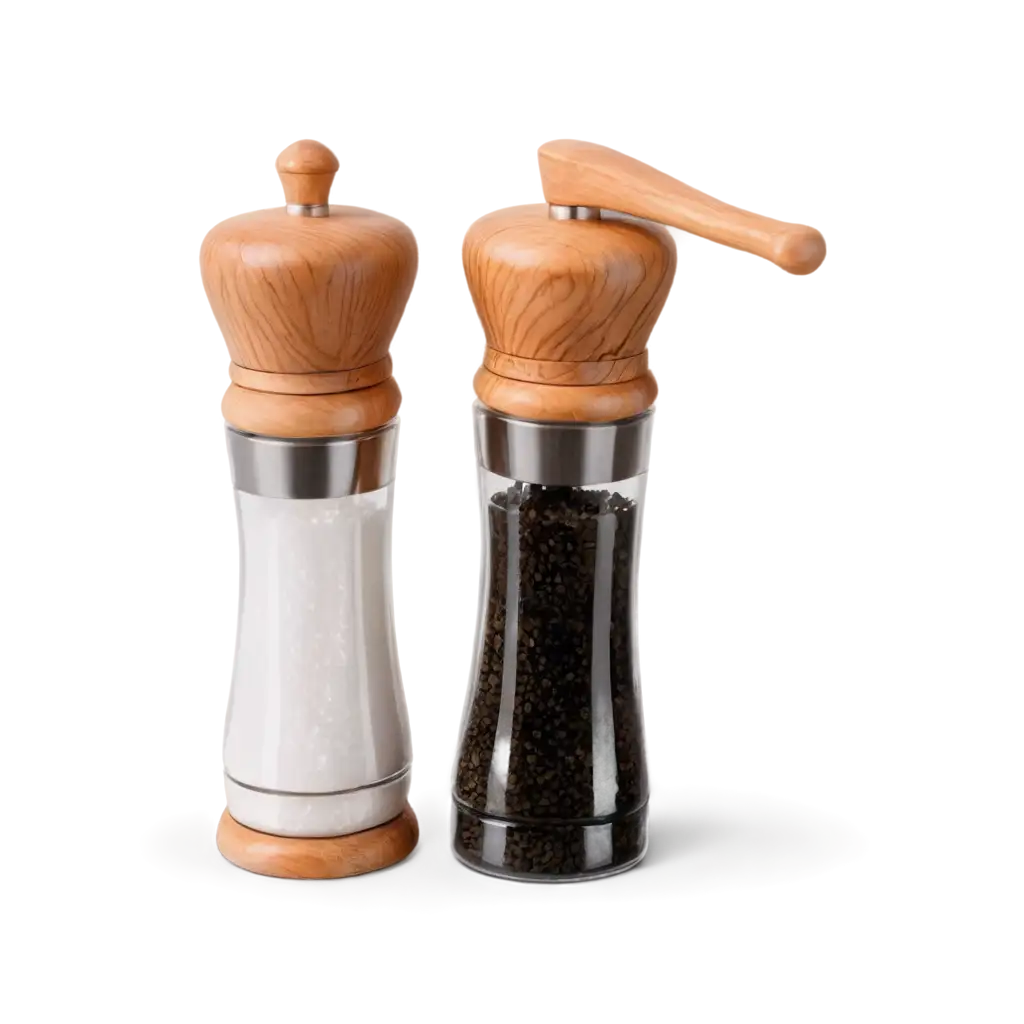


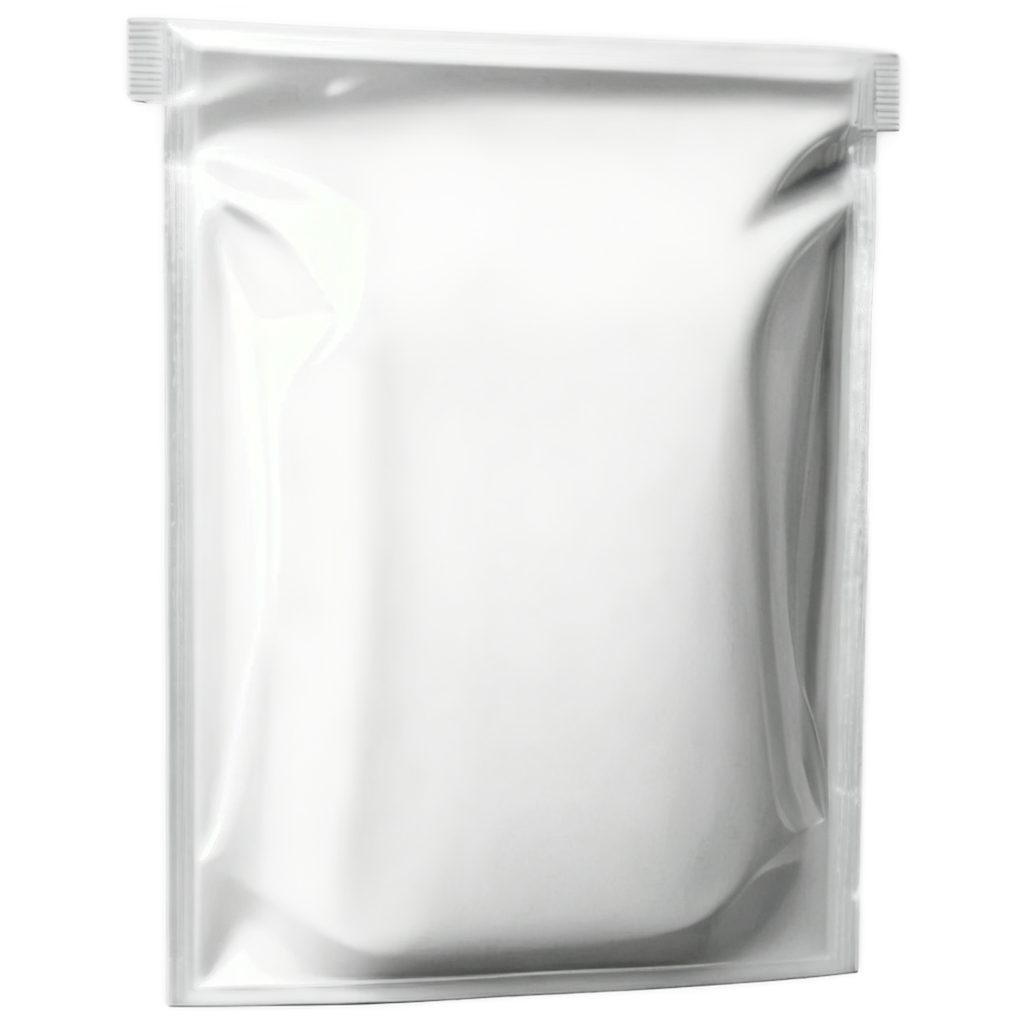
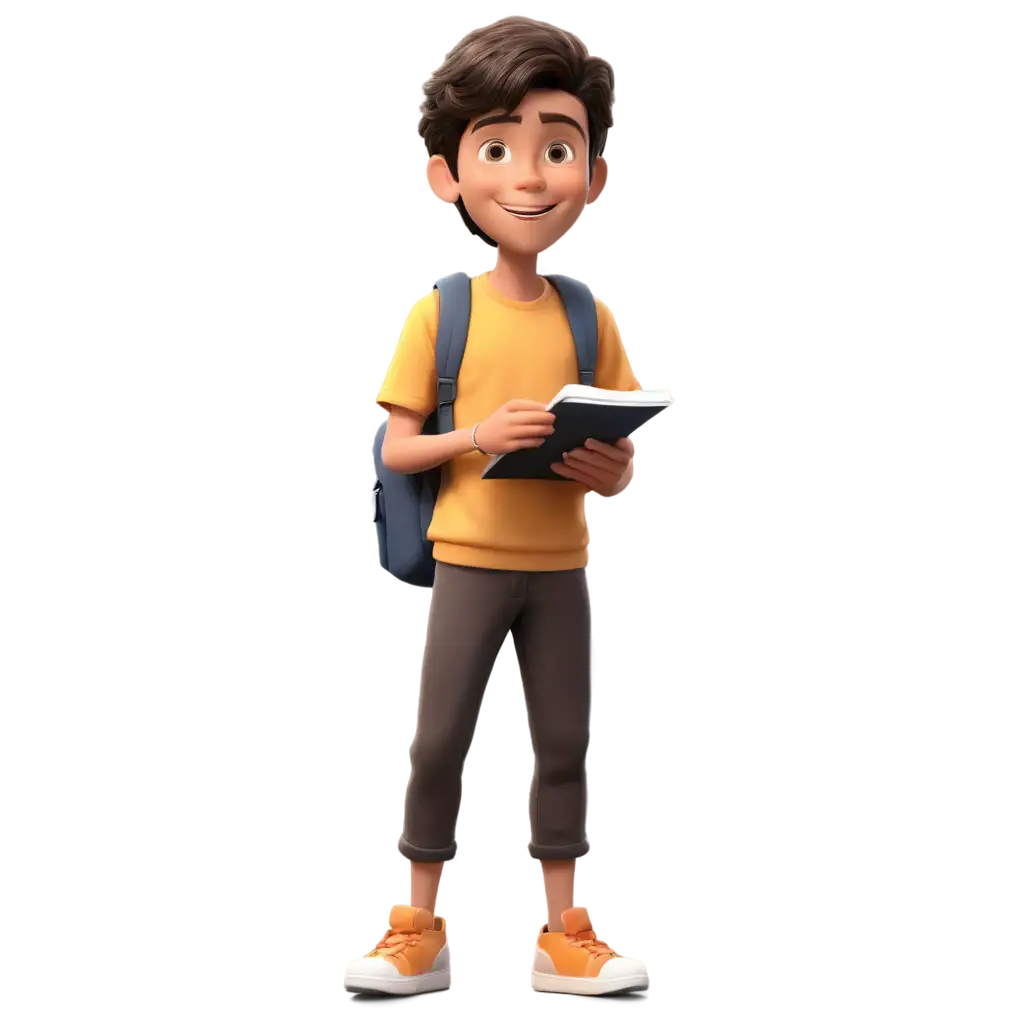
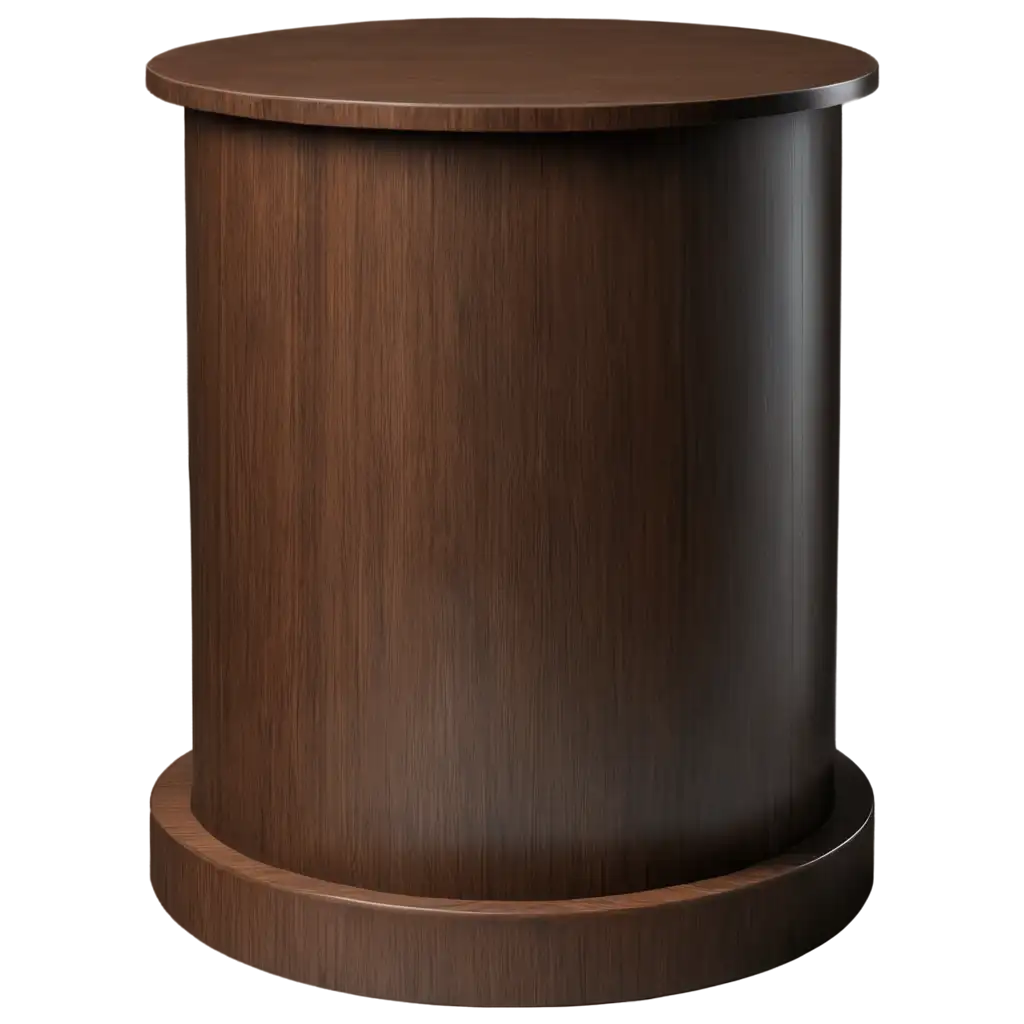
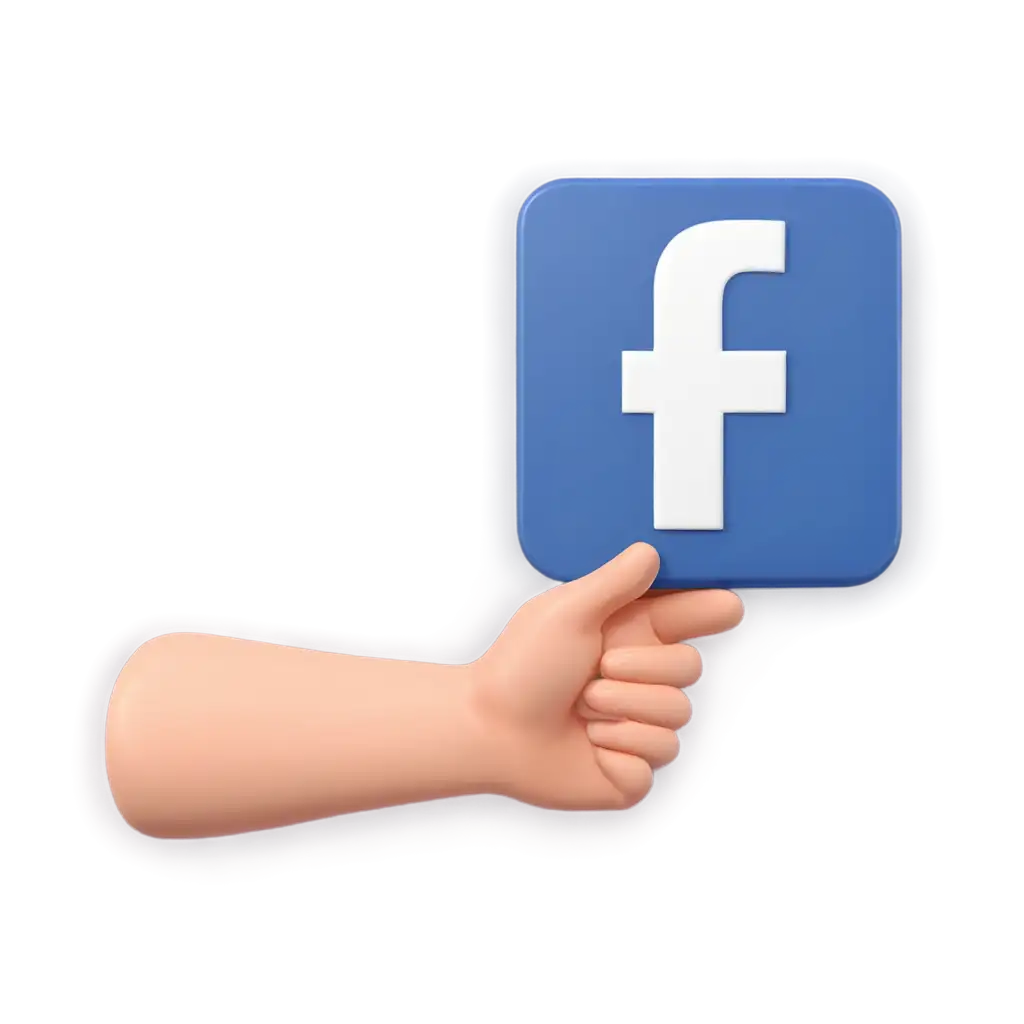
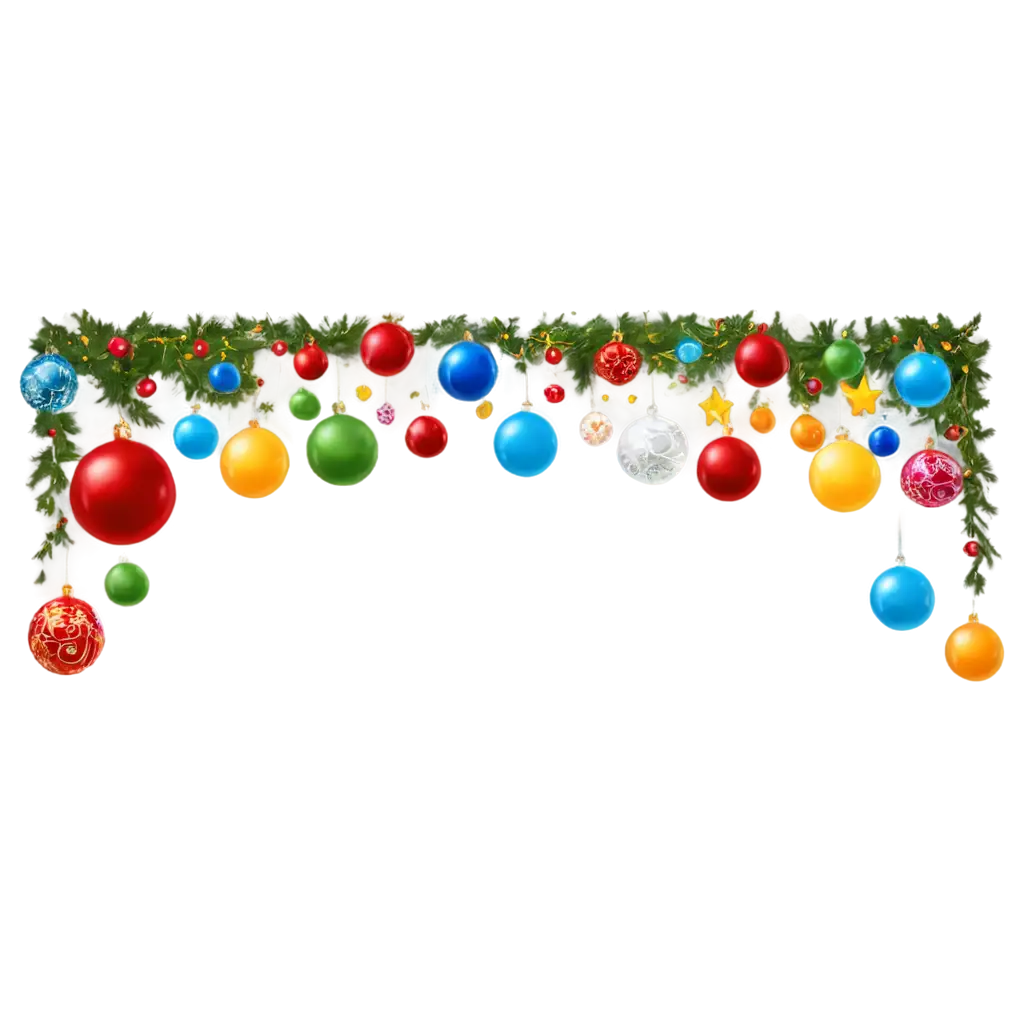
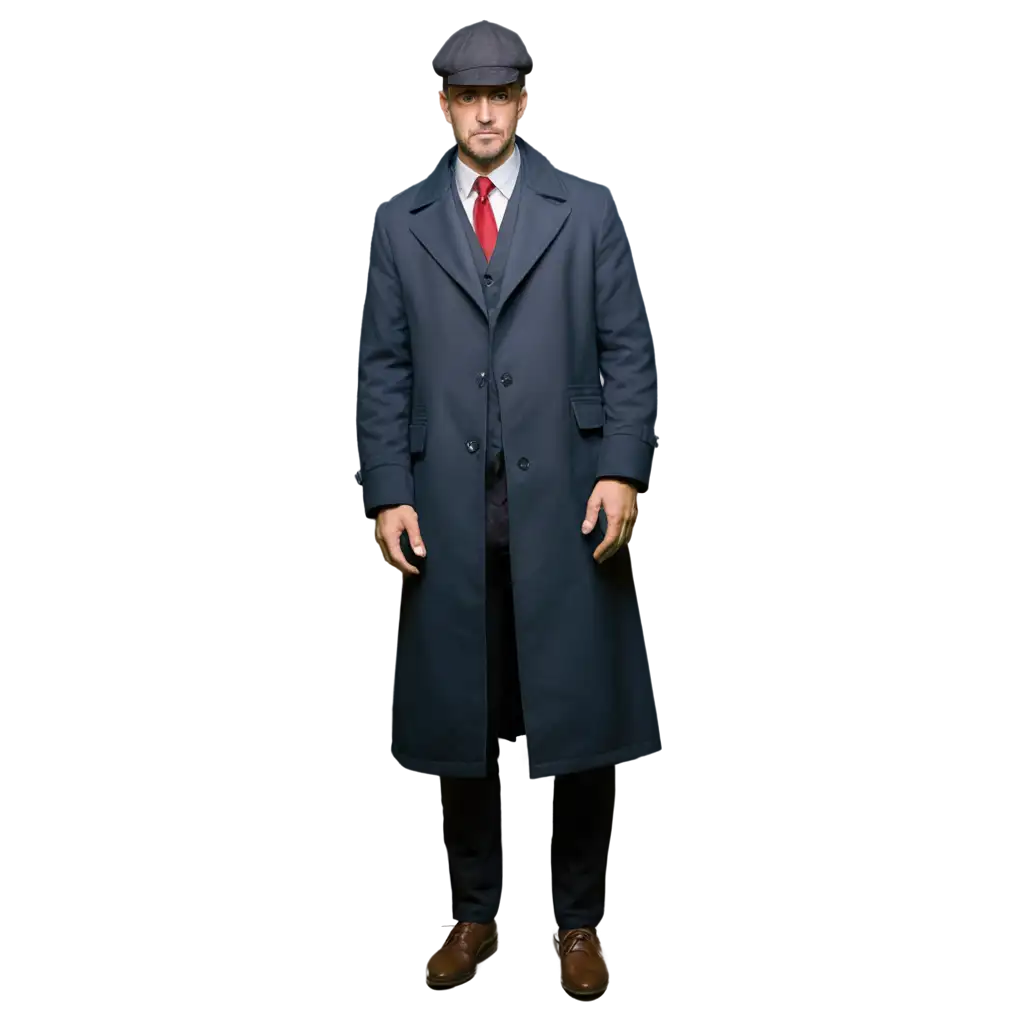


Related Tags
Realistic Design in AI-generated imagery represents a groundbreaking approach to creating photorealistic visuals using artificial intelligence. This technology combines advanced machine learning algorithms with traditional design principles to produce images that are virtually indistinguishable from photographs. The process involves training AI models on vast datasets of real-world images, enabling them to understand and recreate subtle details like lighting, textures, shadows, and perspective with remarkable accuracy. This breakthrough has revolutionized various industries, from advertising and product visualization to architectural rendering and entertainment.
Understanding Realistic Design in AI-Generated Art
Several key characteristics distinguish high-quality realistic AI-generated images. These include precise light interaction and shadow casting, accurate material properties and surface textures, proper perspective and spatial relationships, and naturalistic color gradients. Advanced features like depth of field, motion blur, and atmospheric effects contribute to the photorealistic quality. The technology excels in creating consistent lighting scenarios, maintaining proper scale relationships, and rendering complex materials like skin, fabric, and metallic surfaces. These elements combine to create images that meet professional standards for commercial and creative applications.
Technical Elements That Define AI-Generated Realistic Design
The adoption of realistic AI-generated imagery has transformed numerous sectors. In e-commerce, it enables the creation of product photos without physical prototypes, reducing costs and time-to-market. Architectural firms utilize AI to generate photorealistic renderings of buildings before construction begins. The entertainment industry leverages this technology for concept art, background generation, and visual effects. Marketing agencies benefit from the ability to create customized, high-quality visuals on demand. Real estate professionals use AI-generated imagery for virtual staging and property visualization, while educational institutions employ it for creating detailed instructional materials and scientific illustrations.
Applications and Industry Impact of Realistic AI Design
The future of realistic AI design points toward even more sophisticated capabilities. Emerging trends include enhanced control over specific image elements, improved handling of complex scenarios like crowds and detailed environments, and better integration with existing design workflows. Advanced features in development include real-time editing of generated images, improved consistency in series of related images, and better handling of specific artistic styles while maintaining realism. The technology is also moving toward more efficient processing, requiring less computational power while producing higher quality results. These advancements will continue to blur the line between AI-generated and traditional photography, opening new possibilities for creative expression and commercial applications.
Future Trends in AI-Powered Realistic Design